Advertisements for “low T” are everywhere now. The term is ubiquitous and even shows up in medical journals. Hypogonadism can be defined as symptoms of testosterone deficiency, along with levels two standard deviations below levels in young healthy men. Symptoms associated with hypogonadism may include decreased libido, loss of secondary sex characteristics, fatigue and depressed mood. Decreasing testosterone naturally occurs with age as 20% of men older than 60 and 50% of men older than 80 years have levels in hypogonadal range. Prevalence has been estimated at 5.6% between the ages of 30 and 79.
Testosterone supplementation has become easier as transdermal applications are now available instead of injections. As a result of this delivery method and advertising about decreased sexual function, use of testosterone has dramatically increased. Prescriptions have increased 500% between 2000 and 2011 to 5.3 million prescriptions, and costs $1.6 billion. The number of patients being treated increased from 1.3 to 2.3 million during 2010–2013. Most prescriptions for testosterone (60%) are prescribed by primary care providers. Review of claims data in 250,000 men revealed that only 72% of men given testosterone prescriptions had a level checked prior to initiating therapy, 21% never had a level checked and 6% were checked after receiving a prescription for testosterone.
–
“Decreasing testosterone naturally occurs with age as 20% of men older than 60 and 50% of men older than 80 years have levels in hypogonadal range.
As one would expect, testosterone affects body composition, strength and sexual function. One study examined testosterone and estradiol on these functional components. Testosterone production was blocked and then either replaced or given placebo. Another set of patients in the study also received medication to block testosterone conversion to estradiol, which normally happens in the body. The authors found that decreases in either testosterone or estradiol reduced sexual function. Testosterone deficiency accounted for decreased muscle mass, lean mass and strength, while estradiol deficiency accounted for an increase in body fat. The amount of testosterone needed to maintain muscle mass and strength varied greatly among individuals but was dose-related. Decreased muscle mass and strength are predictors of falls, fractures and ability to live independently. However, there is no evidence that testosterone supplementation reverses these risks. Cognition is also not improved with testosterone replacement.
Increased risk of cardiovascular disease is caused by testosterone replacement. A retrospective Veterans Administration study evaluated testosterone use, heart attack, stroke and death. Veterans with low testosterone levels who had coronary angiograms between 2005–2011 were followed and stratified based on testosterone replacement. Of the 8,709 men who qualified for the study, 1,223 started on testosterone. Almost 20% of men who did not have testosterone replacement had an event, compared with 25.7% who did have testosterone.
–
“For a select group of men the benefits outweigh the risks, however, based on the number of prescriptions it is unlikely that the general population is educated about testosterone replacement.
Other side effects of therapy can include acne, breast swelling or tenderness, increased red blood cell count, swelling of the feet or ankles, reduced testicular size and infertility. The effect of testosterone on prostate cancer is controversial.
The decision to start testosterone replacement is personal. For a select group of men the benefits outweigh the risks, however, based on the number of prescriptions it is unlikely that the general population is educated about testosterone replacement. Prior to any treatment, it is imperative to prove that testosterone levels are low.



